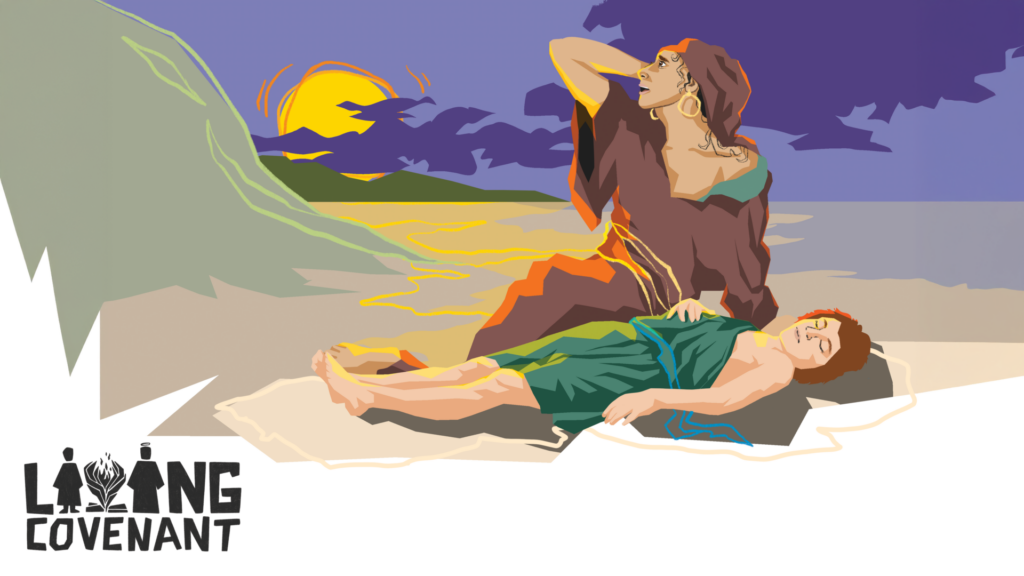The doctrine of the Trinity—the three-in-one God—is complex and complicated. So much so that Christians would not have come up with it if we did not have to. Theologian Christopher Morse put it like this: “If the story of what happens with Jesus could be told without a threefold reference to God there would be no church doctrine of the Trinity.”1
On those occasions when I have been confronted by an earnest church member with a burden about the supposed heresy they believe they have found in the doctrine of the Trinity, my simplistic response has been to suggest that if we want to step away from this admittedly complicated and mysterious doctrine, we need to somehow ignore a few of the most important Bible stories. Our best theology is not an exercise in abstract philosophising, neither does it rise or fall in the history of its embrace or otherwise by the Christian church or even by our Adventist pioneers. Rather, the basic premise of Christian theology is that we know God by what God does, by how He has revealed Himself to humanity at different times in history, particularly in the stories of the Bible and pre-eminently in the story of Jesus.
In Adventist history, the early rejection of the doctrine of the Trinity was part of a broader questioning—even suspicion—of significant aspects of Christian theological tradition, which continues to see expression in doctrinal distinctives including seventh-day Sabbath-keeping, belief in conditional immortality and rejection of eternal hell. That our Church found its way back to the doctrine of the Trinity is again evidence of its necessity, particularly to our growing understanding of Jesus and His centrality to our faith.
In contrast with the centuries of debate in Christian history, the Adventist doctrinal shift back to the Trinity took place over a period of a (mere) few decades with comparatively little drama. An early but influential statement addressing this question was published in The Desire of Ages in 1898: “In Christ is life, original, unborrowed, underived.”2 This was a necessary answer to some of the questions and debates circulating in the Adventist Church at that time. Yet, from this small but profound starting point, Seventh-day Adventist theology grew towards orthodox trinitarian theology without landmark councils or major schism, culminating in the description adopted in the current statements of Fundamental Belief.
Significantly, the Seventh-day Adventist Fundamental Beliefs statements 3, 4 and 5—as expressed today—draw heavily on the biblical narrative of salvation, the historical acts of God, including Creation, the Incarnation and the manifestations of the Holy Spirit, to narrate the functions of God’s triune Personalities, in preference to any further description or explanation of an abstract concept of Trinity.
At times we have fumbled for metaphors to explain the Trinity, often in the context of children’s stories involving eggs or water or similar three-piece illustrations. But rather than trying to explain the mysteries, we would be better to re-tell the stories that reveal our Trinity-shaped God: the announcement of Jesus’ birth (see Luke 1:35), His baptism (see Mark 1:9–11), the great commission He gave to His disciples to continue His ministry in the name of the three-Person God (see Matthew 28:18–20), and His promises of the coming Spirit (see John 16:5–15) and the fulfilment of these promises only a few weeks later (see Acts 2), among others.
Rather than being caught up in the complexity of the theology or a suspicion of our Christian and Adventist histories, a better approach to the doctrine of the Trinity is found in re-telling the story of Jesus. That’s why it matters. That’s why it is the doctrine we have had to have.
- Christopher Morse, Not Every Spirit: A Dogmatics of Christian Disbelief, 2nd ed (Continuum, 2009), page 128.
- Ellen White, The Desire of Ages (Pacific Press Publishing Association), page 530.
Nathan Brown is the book editor at Signs Publishing.






